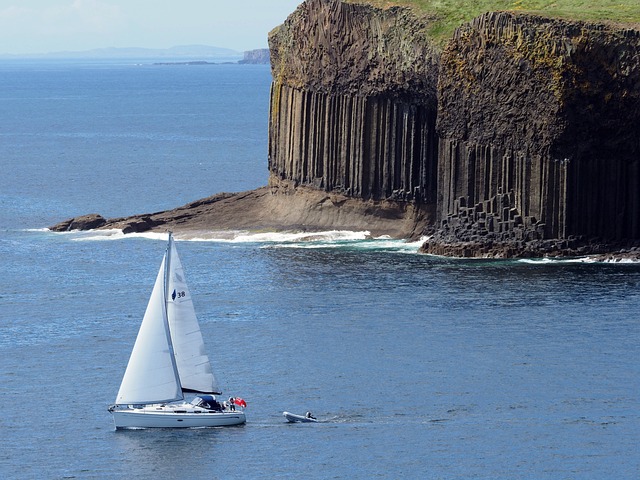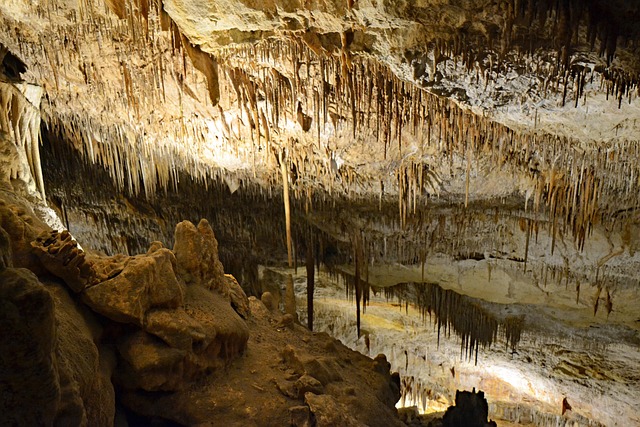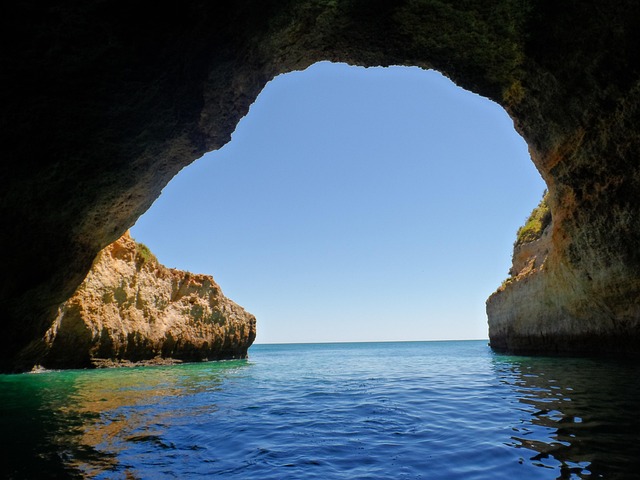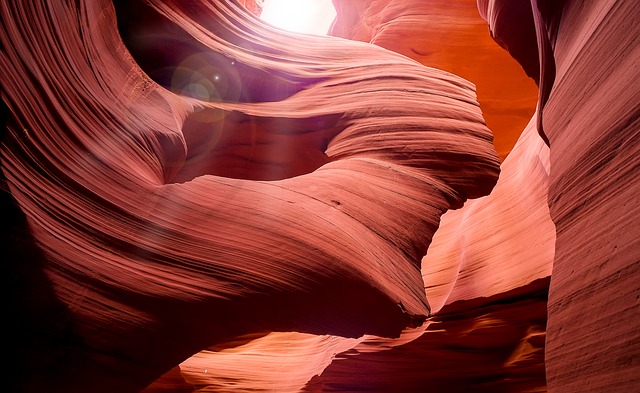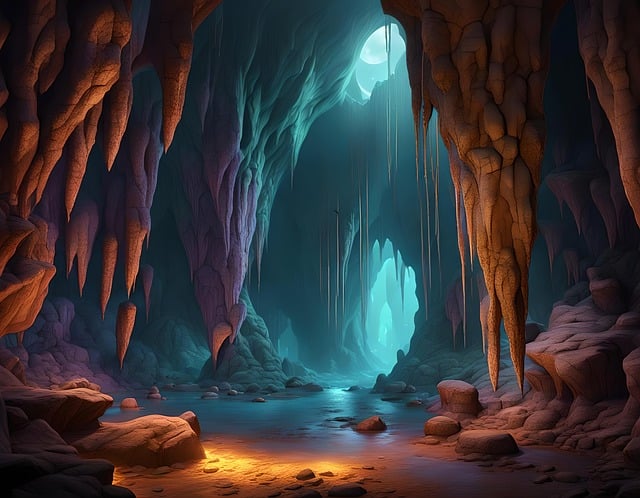The desert trail has emerged as a sought-after feature in real estate, attracting horse owners and outdoor enthusiasts with its blend of adventure and tranquility. Specialized equestrian resorts and communities have developed around these landscapes, offering luxurious accommodations and state-of-the-art facilities. This trend is driven by the ancient bond between humans and horses in harsh desert environments, where equestrian culture is deeply embedded in local identities and economies. Desert trails, once vital for trade, continue to connect communities, while modern-day adventurers seek a taste of this adventurous spirit. With a growing demand for outdoor living and equestrian sports, desert-equestrian properties are gaining traction as a specialized and profitable real estate segment.
Discover the enchanting fusion of desert trails and equestrian culture, where vast sandscapes meet the enduring spirit of horse-riding traditions. This article explores a unique blend of adventure, heritage, and modern innovation. From the allure of open desert paths to the thriving equestrian community, it delves into how these landscapes are reshaping real estate, offering properties with unparalleled beauty and potential for outdoor enthusiasts and investors alike.
The Allure of Desert Trails: A Horizon of Endless Possibilities

The allure of desert trails lies in their boundless potential, offering a unique blend of adventure and tranquility that captivates both locals and visitors alike. These vast, unforgiving landscapes present a stark beauty, where every turn unveils breathtaking vistas—from towering sand dunes to sprawling oases. For equestrian enthusiasts, the desert trail becomes a canvas for exploration, providing an escape from the confines of traditional riding arenas.
Incorporating desert trails into real estate offerings has sparked a new trend among horse owners and outdoor adventurers. The appeal is multifaceted: the chance to ride through pristine, untouched terrain; the serenity of being surrounded by nature’s raw power; and the opportunity to foster a deeper connection with both the land and one’s steeds. This growing interest has led to the development of specialized equestrian resorts and communities, where trails seamlessly integrate with luxurious accommodations and state-of-the-art facilities, attracting those seeking not just a place to live or ride, but an experience that redefines their relationship with nature.
Equestrian Culture: Riding the Waves of Tradition and Innovation in Arid Landscapes

In the vast, arid landscapes of deserts, equestrian culture has evolved, riding the waves of tradition and innovation. This unique cultural phenomenon is deeply intertwined with the region’s real estate—not just in terms of land ownership but also in shaping local identities and economies. Desert trails have long served as vital routes for trade, migration, and social interaction, fostering a deep connection between humans and horses. The horse has become an integral part of desert life, enabling mobility and sustenance, and carrying significant cultural weight.
Over time, equestrian traditions have adapted to the challenges of arid environments, developing specialized skills in horsemanship, navigation, and survival. Today, these practices continue to thrive, attracting enthusiasts who seek a deeper connection with nature and a taste for the adventurous spirit of desert exploration. This blend of tradition and innovation ensures that desert equestrian culture remains vibrant, offering a unique experience that resonates both locally and globally.
Real Estate Insights: Unlocking the Potential of Desert-Equestrian Properties

In the dynamic landscape of real estate, desert-equestrian properties are emerging as a niche yet lucrative segment. These vast stretches of arid land, once considered barren, are now being recognized for their immense potential in catering to the growing equestrian community. The appeal lies not only in the breathtaking scenery but also in the opportunities they present for unique residential and recreational experiences. From horse ranches to off-road trails, these properties offer a blend of tranquility and adventure that has captured the interest of investors and enthusiasts alike.
The market insights reveal a steady demand for desert-equestrian real estate, driven by factors such as urban migration, a desire for outdoor living, and the rising popularity of equestrian sports. As cities continue to expand, many individuals are seeking refuges in more spacious, natural settings. Moreover, the therapeutic benefits of horse riding and the allure of exploring rugged terrains contribute to the growing demand. Real estate developers and investors are taking note, recognizing that strategically developing these properties can cater to a dedicated market, fostering a thriving equestrian culture while unlocking significant financial prospects.
